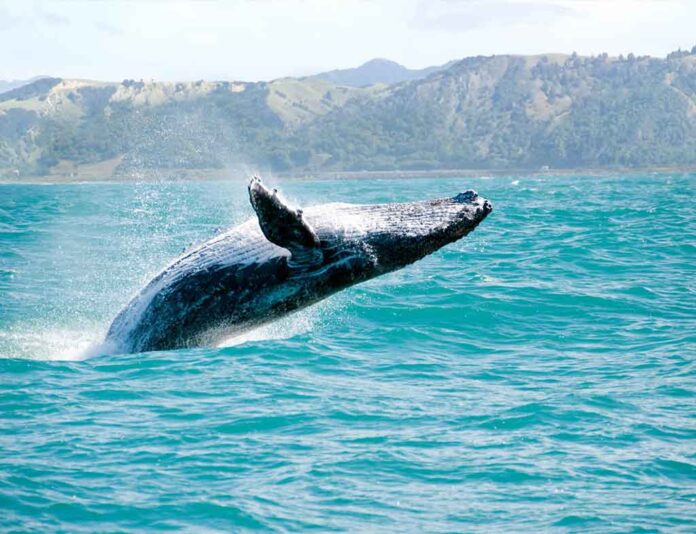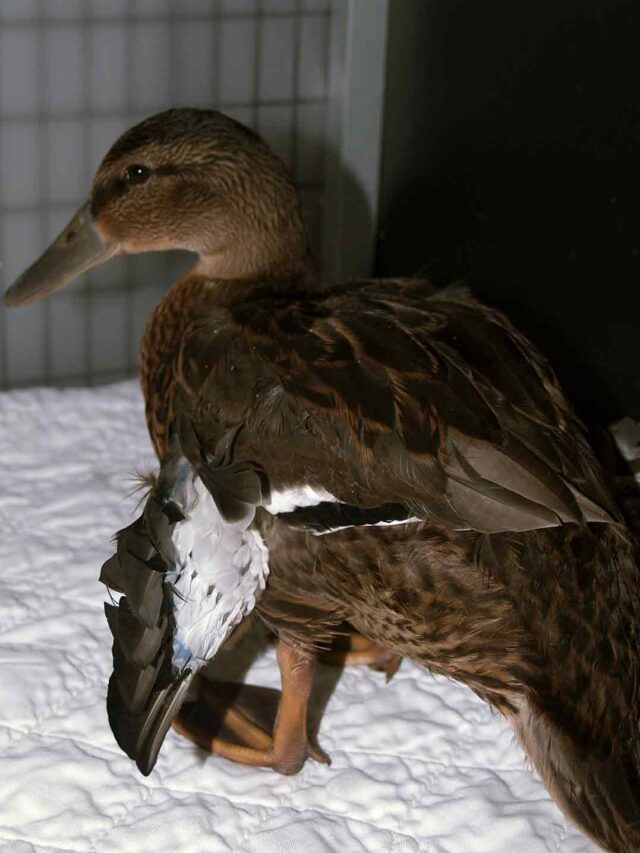
Whale, The Majestic Giants are among Earth’s largest and most fascinating creatures, captivating scientists and nature enthusiasts alike. In this article, we delve into the world of whales, exploring their habitats, behaviours, and conservation efforts aimed at protecting these majestic giants.
Whales are marine mammals belonging to the order Cetacea, which includes dolphins and porpoises. They are well-adapted to life in the ocean, with streamlined bodies, flippers for propulsion, and a blowhole for breathing.
Table of Contents
Classification and Types
• Toothed Whales: This group includes species such as sperm whales, killer whales, and dolphins, which have teeth for hunting prey.
• Baleen Whales: Baleen whales, such as humpback and blue whales, have baleen plates instead of teeth, which they use to filter small organisms from the water.
Habitat and Distribution
Whale, The Majestic Giants inhabit oceans and seas worldwide, from the polar regions to the tropics. They undertake long migrations, travelling thousands of kilometres each year for food and suitable breeding grounds.
Physical Characteristics
Whales vary in size, with some species, like the blue whale, reaching lengths of over 100 feet and weighing up to 200 tons. They have streamlined bodies, large flippers for propulsion, and a horizontal tail fluke for swimming.
Behaviour and Adaptations
Whale, The Majestic Giants exhibit a wide range of behaviours, including breaching, diving, and socializing. They are highly adapted to their aquatic environment, with specialized sensory organs, such as echolocation in toothed whales and baleen plates in baleen whales.
Feeding Habits
Whales feed on a variety of prey, including fish, krill, and squid. Baleen whales use their baleen plates to filter small organisms from the water, while toothed whales use echolocation to locate and capture prey.
Reproduction and Life Cycle
Whales have a slow reproductive rate, with females giving birth to a single calf after a gestation period of several months to over a year, depending on the species. Calves are nursed by their mothers and stay with them for an extended period before becoming independent.
Conservation Status
Many whale species are threatened or endangered due to habitat loss, pollution, climate change, and overexploitation. Conservation efforts are underway to protect whales and their habitats, including the establishment of marine protected areas and regulations on whaling and fishing practices.
Threats to Whale, The Majestic Giants
Whales face numerous threats in the wild, including entanglement in fishing gear, collisions with ships, noise pollution from human activities, and habitat degradation. Climate change also poses a significant threat to whale populations by altering ocean temperatures and disrupting their food sources.
Conservation Efforts
Efforts to conserve whales include research and monitoring programs, public education and outreach, and international agreements to regulate whaling and reduce marine pollution. Whale watching has also become a popular eco-tourism activity, providing economic incentives for conservation.
Role of Whales in the Ecosystem
Whales play a crucial role in marine ecosystems as apex predators and nutrient recyclers. Their movements and migrations help distribute nutrients and energy throughout the ocean, supporting the health and productivity of marine ecosystems.
Whale Watching and Tourism
Whale watching has become a popular recreational activity in many coastal regions worldwide, providing opportunities for people to observe whales in their natural habitat while promoting awareness and appreciation for these magnificent animals.
Protecting Wildlife for a Healthy Planet: A Comprehensive Guide
Whale, The Majestic Giants

FAQs
1. How big can whales get?
Whales come in various sizes, with the blue whale being the largest known animal on Earth, reaching lengths of over 100 feet and weighing up to 200 tons.
2. Do all whales have teeth?
No, not all whales have teeth. Baleen whales, such as humpback and blue whales, have baleen plates instead of teeth, which they use to filter small organisms from the water.
3. What are the main threats to whale populations?
Whales face numerous threats, including habitat loss, pollution, climate change, overfishing, and collisions with ships.
4. How can individuals help protect whales?
Individuals can support whale conservation efforts by reducing their carbon footprint, supporting sustainable fishing practices, and advocating for marine protected areas.
5. Are there any regulations on whaling?
Yes, there are international agreements such as the International Whaling Commission (IWC) that regulate whaling and set quotas for whale catches to ensure sustainable management of whale populations.












